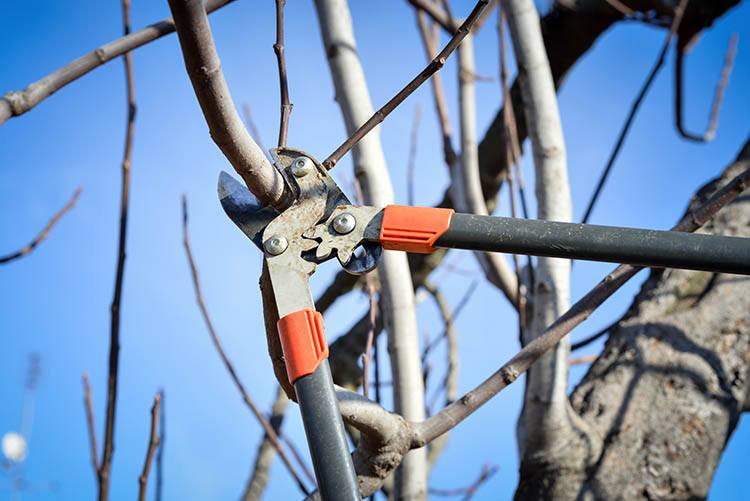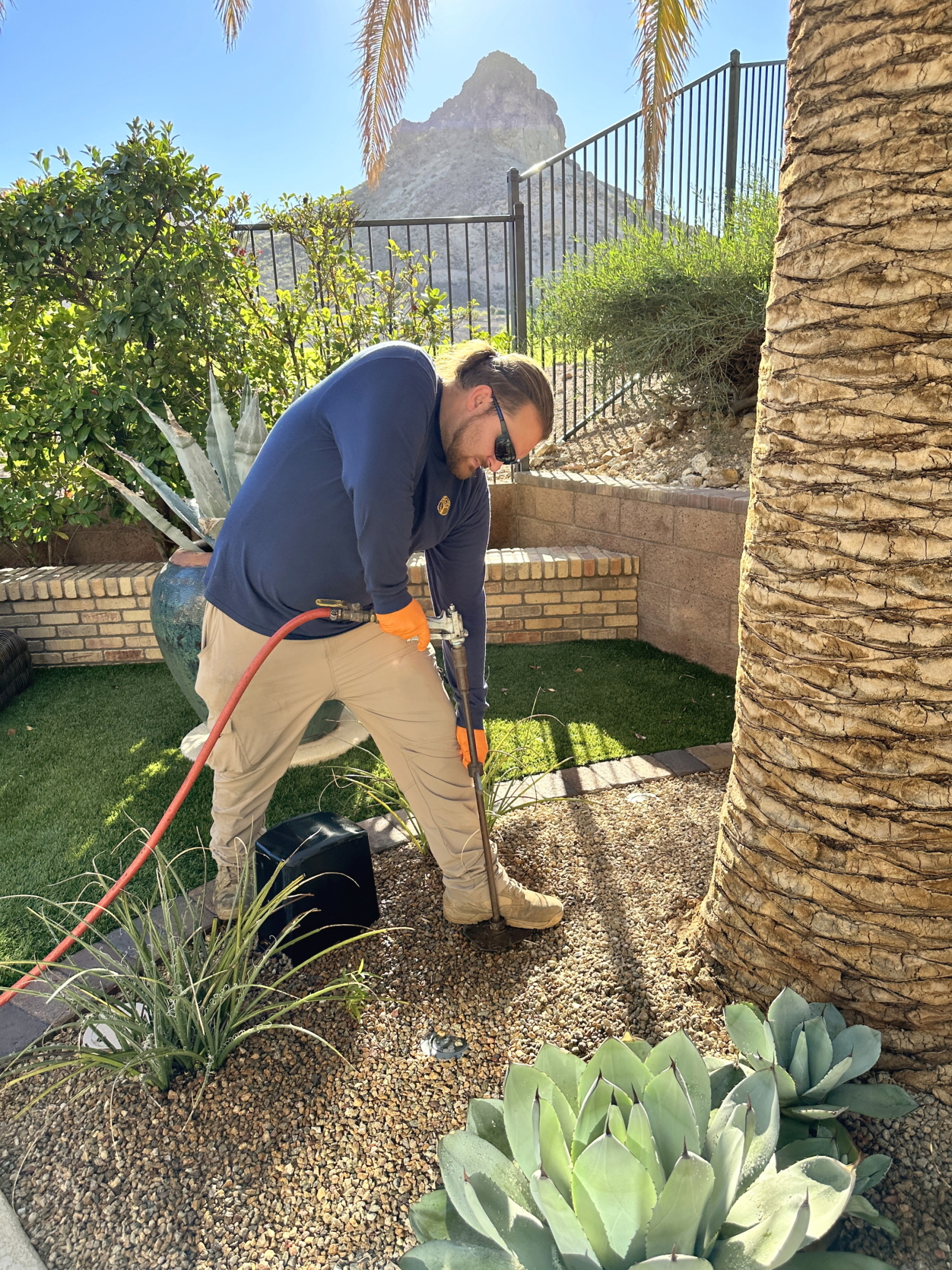We often receive requests for proposals from community managers of local homeowner’s associations (HOA), however the scopes of work included are not well articulated. A scope of work is a clearly defined outline of specific project goals, guidelines, tasks, costs, and deadlines for the performing party to achieve the end-product the community manager, HOA is looking for.
When a scope of work is not clearly defined, you typically will receive a mixed basket of proposals with things that were never asked for, leaving board members of HOAs to make decisions on proposals that are not “apples to apples.” Below are actual scopes that didn’t include additional scope information and/or that are not clearly defined.
Typical, vague, incomplete scopes of work received from HOA community managers:
- Trim all trees on the property;
- Clear all trees from the buildings;
- Need a bid to remove trees and trim;
- Trim palms.
TIPS FOR SCOPE WRITING
- Break it up – don’t scope in what you don’t know, the contractor won’t know either.
- Keep it simple – make it easy to understand.
- Make assumptions – act like this is their first time proposing, even if they already know.
- Put into context – explain what you’re doing.
- Be specific – set clear boundaries and guidelines with specific benchmarks that you want them to hit. For example: how many feet of clearance from the building, grind 12 inches below the surface, trim 20 percent of all the foliage, etc.
- List the standards – the contractor should know the standards of the bidding such as “ANSI A300 Pruning standards” and that it will be enforced.
- Qualify your vendor – ask for copies of their insurance, certifications and safety program to be submitted with their proposals. Without these documents the HOA is ultimately accepting all the risk.
By – Eddie Rodriguez
Make sure that you’re getting apples to apples bids. This will allow for less confusion, smoother project completion, and allows your chosen vendor to meet your expectations.






0 Comments